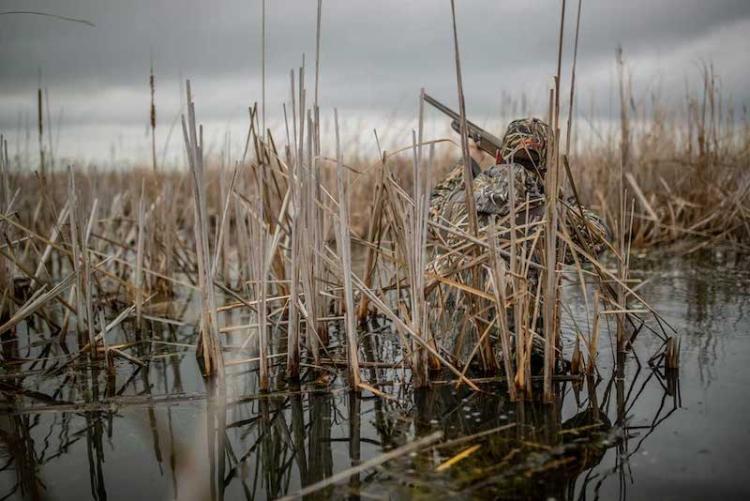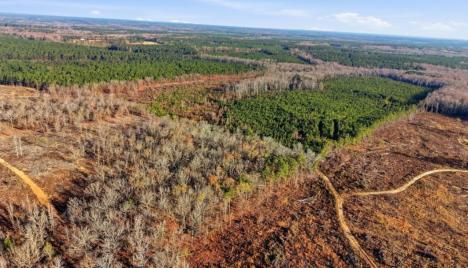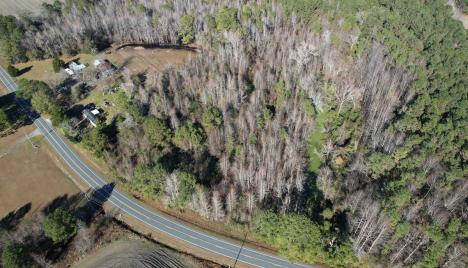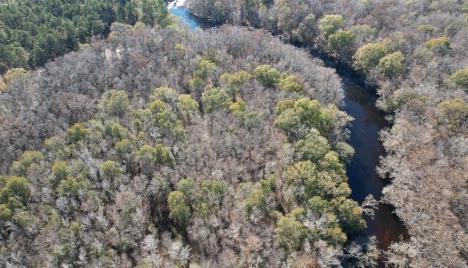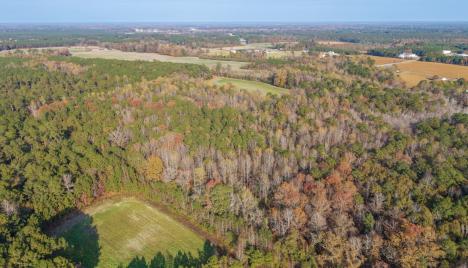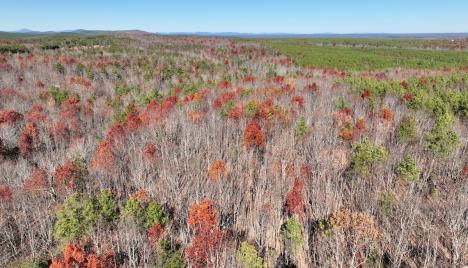After the first few hours or days of duck season, waterfowl get wary. The birds are still out there, somewhere. You can wile away the hours waiting for them to come to you, or you can get out and go after them. Here’s a few ideas on where to start your quest for quackers.
LIKELY LOCATIONS
Farm Ponds - Most farms have ponds and while many might seem more suited place to spending a summer afternoon with a worm and a bobber, they also attract waterfowl when they have been blown out of their usual haunts. Man-made ponds are even better because they often have a dike, which makes perfect cover for you to slip within close range.
Beaver Bogs - Nature’s engineers are also good friends to ducks and duck hunters alike. They’re continually creating ideal duck habitat and few if any hunters may be aware of newer ponds. Even satellite photos may not have the most recent ones, so get out and scout. You might even consider a drone, or even a chartered flight to check out the local area for some potential honey holes.
Backwaters - Folks who hunt waterways typically target the main stem and its bays, inlets and eddies, but you just might find a few hidden gems back from the bank. Over time, channels change creating oxbow ponds where the still, shallow water grows good duck food. Receding floods sometimes leave enough water behind in the riparian corridor to create handy hideouts where ducks can be unmolested.
Flooded Fields - Somewhat similarly, floods or heavy rain often leave standing water in fields. As a bonus, some of those fields may hold remnant crops and as is normal agricultural practices, hunting is legal. Jump-shooting can be more challenging as you’ll have to use topography and what cover is available to conceal your approach.
Salt Pannes and Ditches - Coastal marshes are often pock-marked with small salt pannes and drainage ditches where ducks feed on plants and marine invertebrates like snails. Aerial imagery will give you a duck’s-eye view to better target your approach.
Slow-moving Waterways - Most hunters use kayaks, canoes and boats to get to and from their blinds and perhaps to retrieve downed birds, but they also make a handy and stealthy conveyance for jump-shooting. Leave a spare vehicle at the haul-out, they put in a ways upstream and float down with a shooter in the front and a paddler in the back. Hug the bank and be ready for ducks that might be around every corner.
TACKLE AND TACTICS
Go Light - With this run-and-gun hunting style you can ditch the decoys, the blind bag and the chest waders. All you really need is a bandolier or a pocket full of shells, your favorite fowling piece and enough camouflage concealment to get you close.
Into the Wind - When cover and topography permit, try to approach from upwind. Ducks won’t smell you, but they’ll most often take flight facing into the wind as it’s much easier for them to take off.
Get Em Up - While legal, ground-swatting waterfowl isn’t considered sporting or ethical. Flush the birds and shoot when they take off. A flying bird offers a bigger target. Besides, that’s why they call it “jump shooting.”
Pick Your Shot - In the confusion of flushing ducks, it’s sometimes difficult to pick out an individual target, but you should try. Flock-shooting usually ends up with less than desirable results.
Retrieval - Dogs are the best retrievers but can make sneaking difficult. Throwing a few stones or sticks in the water might create enough ripples to move birds to shore in smaller ponds and potholes. Wind is always a plus as it will eventually move the birds within reach. Or, you can carry a small, collapsible rod and reel combo and a bass plug to catch your birds.
- Bob Humphrey


